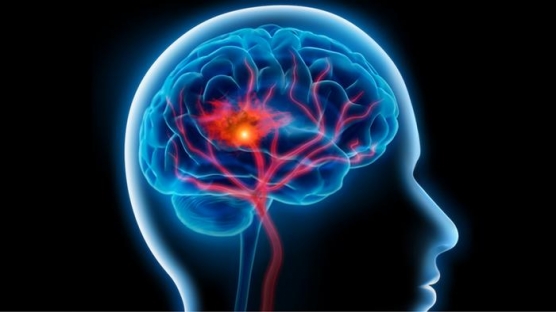
In the winter season, the chances of brain stroke increase by 30 percent said Dr. Sushma Sharma, Sr. Neurologist & HOD at Metro Hospital Faridabad. Awareness about stroke symptoms and the importance of timely treatment is extremely important. Timely treatment within the first 4.5 hours of stroke provides a 70 percent chance of recovery. Stroke patients can recover completely with the help of timely treatment.
What is stroke?
Sudden stoppage of blood flow in the artery of the brain is called stroke. The blood flow in the brain arteries stops due to a formation of blood clot or a sudden burst of an artery. If a stroke is not detected early, it can result in permanent brain damage or death. Stroke can happen to any person and at any age. It is a matter of concern that the cases of stroke are increasing and the age of stroke is decreasing. People who suffer from high blood pressure, diabetes, high blood cholesterol, may have a higher risk of stroke.
Stroke can be recognized by sudden onset of any of the following symptoms:
In this situation, the patient should be taken without any delay to a stroke ready hospital, where 24x7 CT scan, MRI facility is available, as the timely treatment within first few hours of onset increases chances of good recovery considerably and the patient can be saved from stroke.
Who are at the risk of stroke?
People with high blood pressure, diabetes, obesity and high cholesterol are most likely to get it. By making changes in your lifestyle, you can control these risk factors.
Why the risk of stroke increases in winter?
High blood pressure, increase in infection rate and sedentary lifestyle are the cause of increased cases of stroke. During winters, the blood becomes thick, due to which the thin tubes of blood become narrower and their pressure increases. Such a situation also creates a risk of stroke.